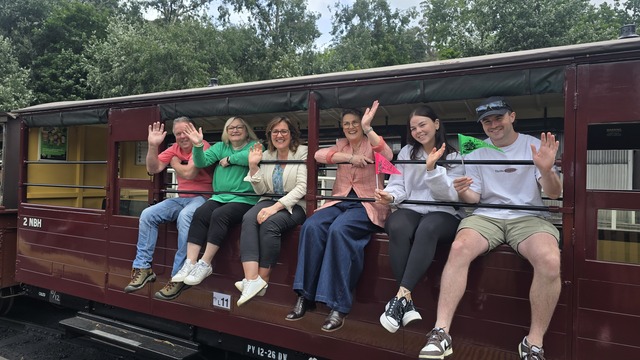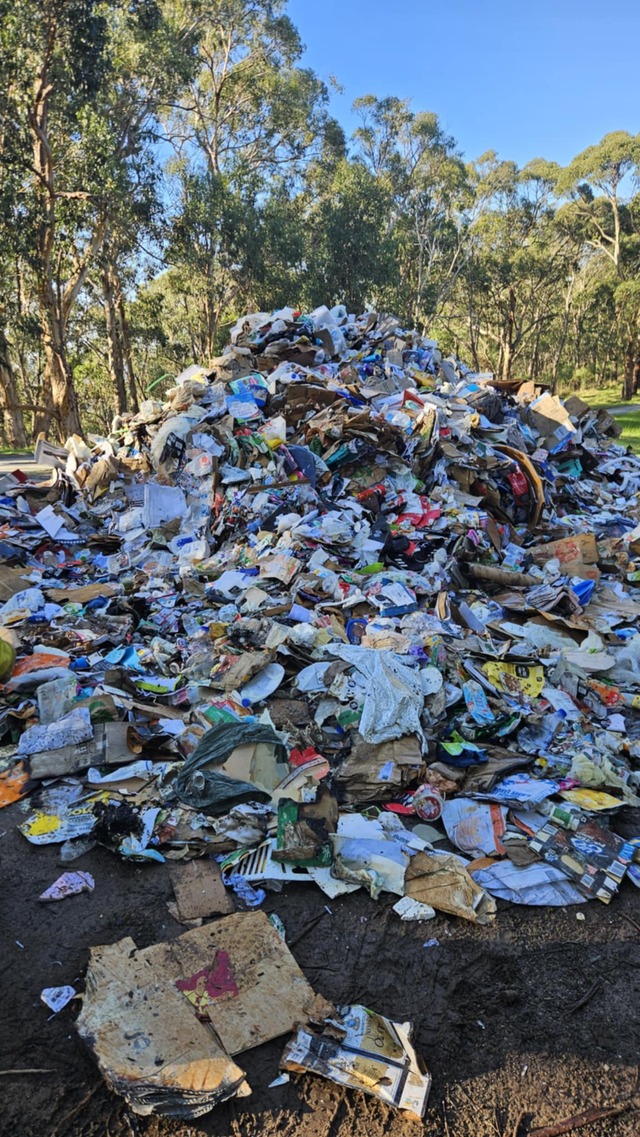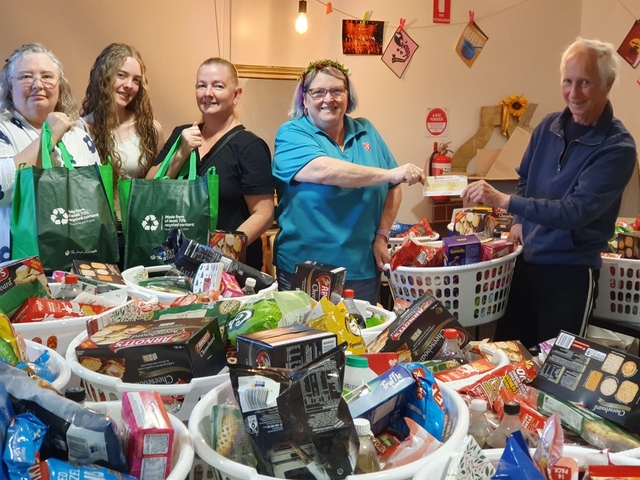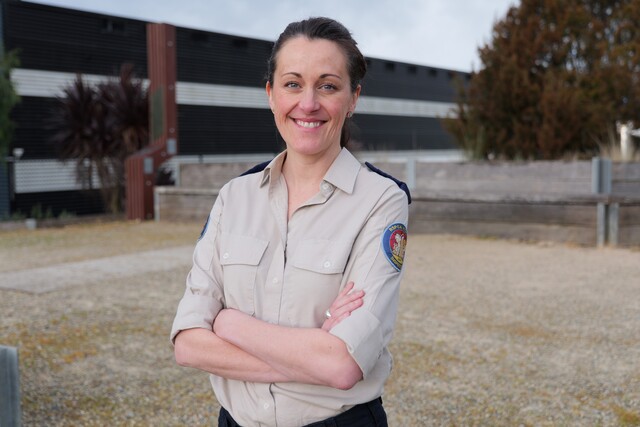VicSport and the Physical Activity and Sport Insights (PASI) research group from Victoria and Federation University, held a webinar discussing the changes seen in sports participation in Victoria post-Covid.
In the VicHealth research, the Yarra Ranges saw one of the biggest drop-offs in participation post-Covid, going from a participation rate of 16.5 percent to 11.34 percent, going from the 5th highest rate among growing outer-metropolitan areas to 9th over the year between 2019 and 2020.
For Professor of Sport Participation and Behavioural Epidemiologist Rochelle Eime, the results were shocking as community sport is a way for residents in small towns and regions to meet up which she said is generally embedded in their communities and social connections.
“Given there are fewer other leisure-time activities in regional and rural areas compared to major cities, the absence of sport will have negatively affected regional communities more than those in metropolitan areas,” Prof Eime said.
Metropolitan growth areas like the Yarra Ranges have the lowest current sports participation rate at 7 percent, considerably lower than all other regions, experiencing a 26 percent total decrease in the participation rate.
Prof Eime said participation rates in high-growth outer suburbs like those in the Yarra Ranges should be much higher, with relatively young populations spurring on the growth. However, she said a combination of lower socioeconomic status and a lack of public sports and recreational facilities is likely the reason why the growth is held back.
In general, winter-based and team sports experienced the greatest drop off in participation rates, as Victoria had reduced restrictions throughout the summer of 2019, 2020 and 2021 (before the Omicron wave).
Executive Manager of Growth and Inclusion at Football Victoria Karen Pearce OAM said the lack of participation from players also impacted other areas of football/soccer clubs as Victoria exits Covid-19 restrictions this year.
“It’s our clubs that have been impacted, particular in the way of volunteers as the big picture item who have sat back and asked themselves; “Do I want to keep continuing to be involved and give all that time up?” she said.
“And it’s the referees, we are lacking. Our numbers have been slow, but they are okay.”
Head of Participation at Cricket Victoria Owen Hulett was asked how cricket has fared, especially considering they were able to conduct relatively full seasons. Despite Covid-19 restrictions being eased, he said they still experienced reduced numbers of people involved in local clubs.
“If I had a dollar for every time I heard someone say ‘volunteer burnout’, I’d have quite a bit of money,” he said.
“It’s a recurring theme across all sports: how do we better support our volunteers and we do we get more in.”
The panel also included CEO at Vicsport Lisa Hasker, Professor of International Sport Business Hans Westerbeek and Head of Tennis Delivery at Tennis Victoria Tamatha Harding.







